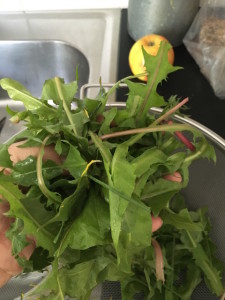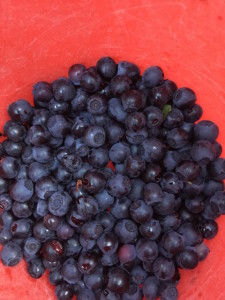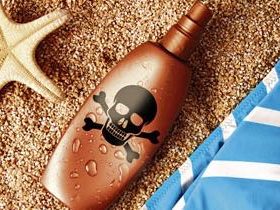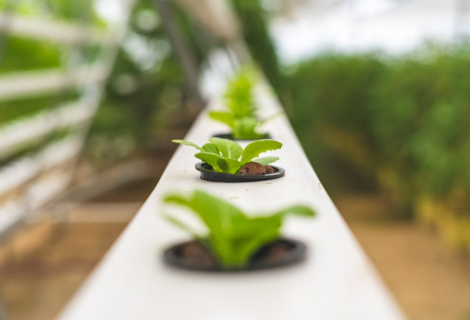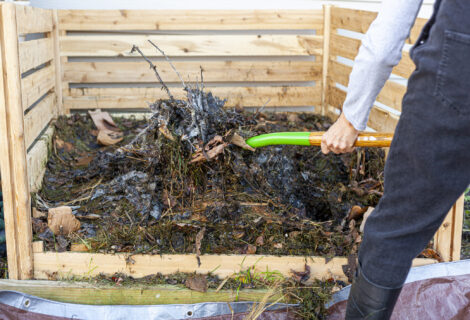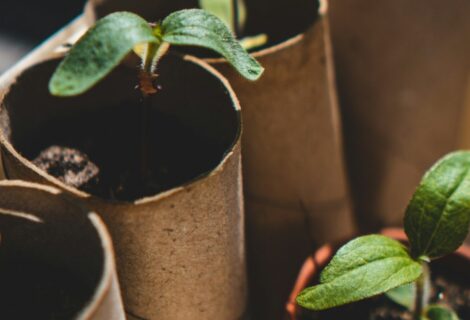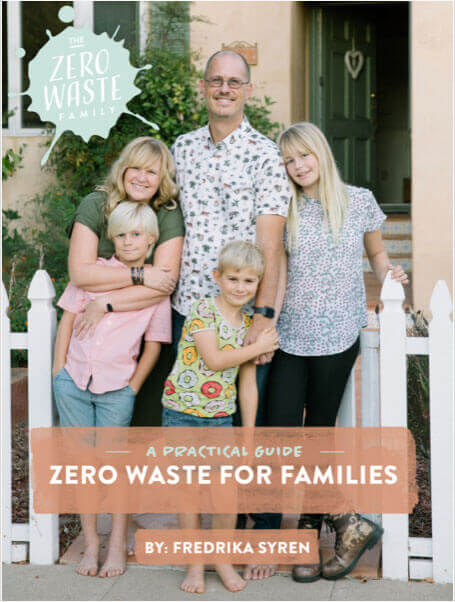By Fredrica Syren:
Spring is here, and it comes with lots of sun and nature’s awakening after its long winter slumber. Now is also the beginning of foraging season, something my family truly enjoys. Foraging is the process of gathering wild food resources such as plants, flowers, berries, nuts, seeds, mushrooms and herbs that grow naturally. There are a variety of wild foods that grow seasonally. Last week you could read about edible flowers; most of them do grow wild. These foraging items can be used as cooking ingredients as well as for herbal remedies. 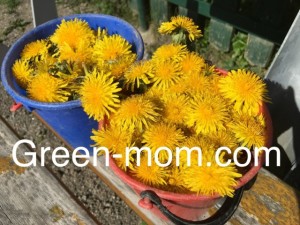
Of course, forests and countrysides are naturally rich in wild plant-based foods. But foraging doesn’t have to involve journeying for hours to find untouched ingredients growing in the countryside. The fact is that edible weeds and plants are right under our noses in our cities’ parks, bike trails and creeks. Actually, many “weeds” that people spend lots of effort to fight and get rid of are also very edible and a valuable resource not to be discarded. The most common weed is, of course, the dandelion. Not only are the dandelion leaves very nutritional, but also are actually a great source of Folate, Magnesium, Phosphorus and Copper; and a very good source of Dietary Fiber, Vitamin A, Vitamin C, Vitamin E Vitamin K, Thiamin, Riboflavin, Vitamin B6, Calcium, Iron, Potassium and Manganese. Furthermore, the flower is edible and can be use to make tea, herbal remedies or (my kid’s favorite) syrup.
So, what are the basic rules for foraging? The very first one, of course, is not to eat anything if you are not sure of it. Yes, there are plenty of inedible plants, flowers, mushrooms and berries, even some very poisonous plants; so EAT ONLY the ones you are 100% sure of.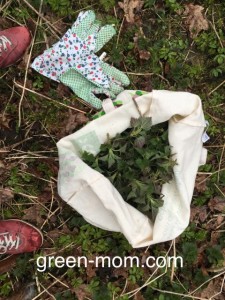
The second rule is to pick these items only in a clean area located far from a road. In order to be 100% sure they are clean, I would also include avoiding areas where dogs and other animals tend to do their “business.” Don’t pick from the side of the road or from places where plants can be sprayed with pesticides.
Third, take only as much as needed and always strive to leave as little a mark on nature as possible. Damage to trees and theft of entire plants should indeed be prevented.
Sweden, where we live, is very naturally rich in wild resources from April until November. Our kids truly enjoy the process of gathering their food and have so much pride in it all. I think it’s one the best ways to show how we need to take care of nature and our planet because she provides all this wonderful food for us.
Here is a video from my youtube.com channel talking about dandelions.
Here is a list of the things we forage for in Sweden.
Once you start looking and asking, you will find all kinds of fun and edible resources in your area. Foraging allows people to reconnect with both food and the environment. Remember: foraging is healthy, sustainable and local.
To read more about foraging and wild grown crops check these out:



